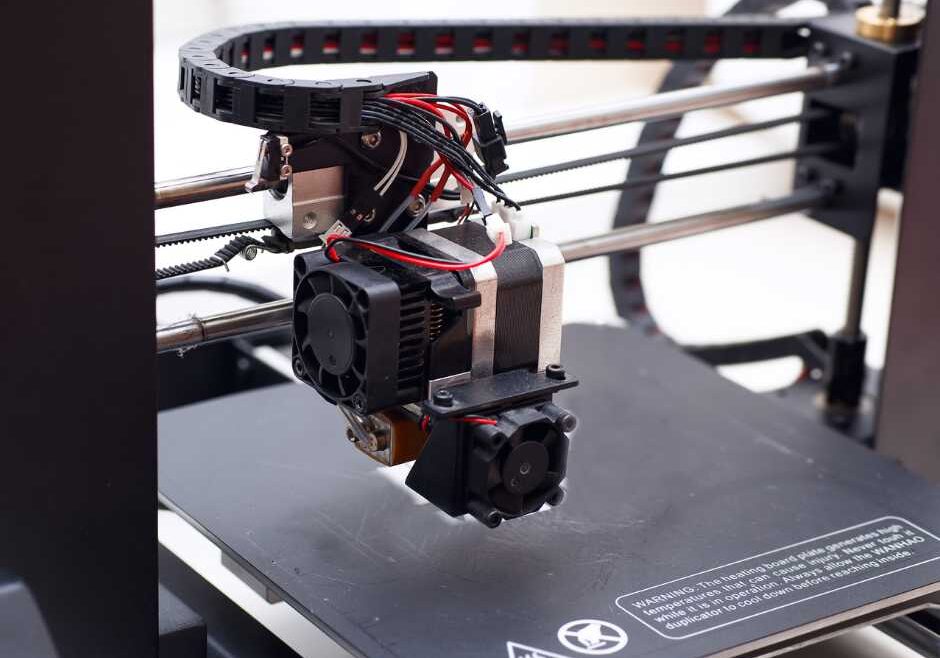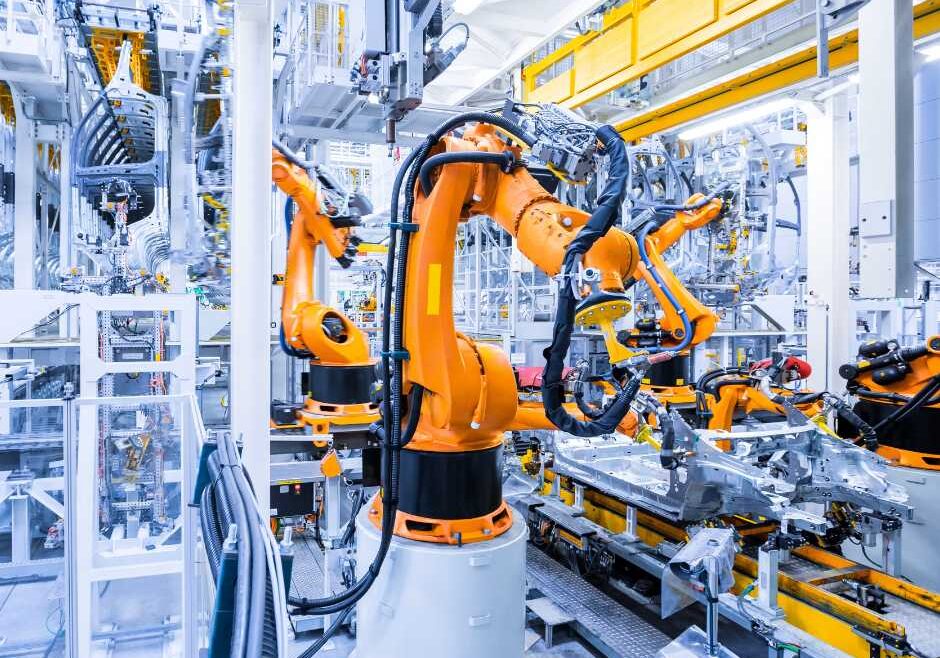Internet of Things (IoT)
Connecting the Physical and Digital with Industry 4.0.
Big Data and Analytics
Extracting Insights from Data Deluge.
Additive Manufacturing
Redefining Production Possibilities.

Cyber-Physical Systems
Bridging the Physical-Digital Divide.
Advanced Robotics
Precision and Autonomy Unleashed.
Smart Supply Chains
Efficiency from End to End.
Embracing Industry 4.0: Revolutionizing Manufacturing
Join the revolution. Embrace the future.
Welcome to the era of Industry 4.0, where technology and innovation converge to reshape the landscape of manufacturing and industrial processes. This revolution is marked by the integration of cutting-edge technologies that promise increased efficiency, agility, and customization across industries with solutions like Modula Cloud. Let's explore some of the transformative elements driving this revolution:
Internet of Things (IoT): Connecting the Physical and Digital
In Industry 4.0, the Internet of Things (IoT) plays a pivotal role. IoT involves the interconnection of devices, sensors, and machines through the internet, enabling them to collect and exchange data in real-time. From factory floors to supply chains, these connected systems offer unparalleled visibility into operations. This data-driven approach empowers businesses to make informed decisions, optimize processes, and predict maintenance needs, ultimately leading to improved efficiency and reduced downtime.


Big Data and Analytics: Extracting Insights from Data Deluge
The proliferation of IoT devices results in an explosion of data. This is where Big Data and Analytics come into play. Advanced data analytics tools sift through vast datasets to unveil valuable insights and patterns. Manufacturers can uncover hidden correlations, identify bottlenecks, and predict trends. By harnessing the power of data, businesses can streamline operations, enhance product quality, and respond dynamically to market shifts.
Additive Manufacturing: Redefining Production Possibilities
Additive Manufacturing, often referred to as 3D printing, redefines traditional manufacturing processes. This technology allows for the creation of intricate, customized components layer by layer. Additive Manufacturing eliminates waste, reduces material costs, and accelerates production cycles. From rapid prototyping to creating complex geometries, this innovation unlocks new frontiers in design and manufacturing, giving birth to limitless possibilities as part of Industry 4.0.

We can help you find the best solution! Call 1-800-466-9561

Cyber-Physical Systems: Bridging the Physical-Digital Divide
At the core of Industry 4.0 lies the concept of Cyber-Physical Systems (CPS). These systems blend physical processes with digital technologies, enabling real-time monitoring, control, and synchronization. Manufacturers gain the ability to remotely oversee operations, respond to disruptions promptly, and even optimize processes automatically. CPS transforms factories into intelligent ecosystems, fostering seamless communication between machines, humans, and data.
Advanced Robotics: Precision and Autonomy Unleashed
Advanced Robotics brings a new level of precision and autonomy to manufacturing. These intelligent machines, equipped with Artificial Intelligence (AI), perform tasks that demand accuracy and repeatability. Collaborative robots, or cobots, work alongside human operators, enhancing efficiency and safety. From intricate assembly to complex material handling, robotics revolutionizes industrial processes, ensuring consistent quality and higher output.


Smart Supply Chains: Efficiency from End to End
In the Industry 4.0 landscape, supply chains evolve into smart networks. Integration of technologies throughout the supply chain enhances visibility and responsiveness. Real-time data from suppliers, manufacturers, and distributors optimize inventory levels, streamline logistics, and minimize disruptions. Smart supply chains adapt to changing demands, reduce lead times, and deliver products to consumers faster and more efficiently than ever before.
